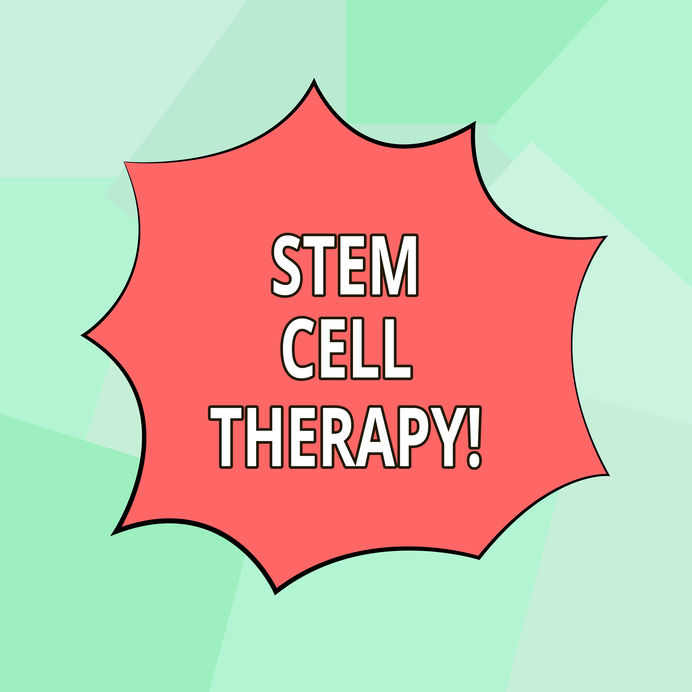
Stem cells and their potential to cure or treat some diseases are popular and growing topics. They have captured the interest of scientists and the public due to their potential ability to replace some diseased cells. Stem cells are undifferentiated progenitors that have the ability to divide and grow into a multitude of other highly specialized cell types that are capable of forming tissues.
They are currently used in the treatment of more than 70 severe, acute or chronic diseases, their specific properties providing them a huge treatment potential. Autologous stem cell transplantation (for the same person) is indicated for cases where the disease is not genetic (hereditary), and allogeneic transplantation (for a different person than the one from which the sample was taken) is indicated for both inherited diseases and other types of diseases.
Umbilical cord blood stem cells have been used to cure blood diseases and cancers since 1988.
Currently, great emphasis is placed on scientific research in the field of stem cells. With the evolution of biomedical science and technology in recent years, stem cell treatment Highlands Ranch doctors suggest that it is already possible to use stem cell treatment to cure many diseases by applying them in regenerative medicine. The development of methods of gene therapy, cell proliferation and stem cell differentiation, pave the way for many therapeutic applications, which are in the experimental study phase.
Below, there are some of the diseases for which hematopoietic stem cell transplants (autologous and allogeneic) have been used therapeutically, as well as the diseases for which clinical research is still being done.
Acute leukemias
- Acute myeloid leukemia (AML)
- Acute lymphoblastic leukemia (ALL)
- Acute biphenotypic leukemia
Chronic leukemias
- Chronic myeloid leukemia (CML)
- Chronic lymphocytic leukemia (CLL)
- Chronic Myeloid Juvenile Leukemia (JCML)
- Chronic Myelomonocytic Juvenile Leukemia (JMML)
Myelodysplastic syndromes
- Myelomonocytic leukemia
- Refractory anemia
Congenital Diseases of the Immune System
- Absence of Τ or Β lymphocytes
- Absence of lymphocytes only
- Ataxia telangiectasia
- Leukocyte adhesion deficiency
- Combined severe immunodeficiency
- Alteration of linked lymphoproliferation
- Regeneration after myocardial infarction
Phagocytic diseases
- Chronic granulomatosis
- Neutrophil Actin Deficiency
Monoclonal gamopathy
- Multiple myeloma
- Plasma cell leukemia
- macroglobulinemia
- Waldenstrom
Lymphoproliferative syndromes
- Hodgkin’s disease
- Lymphoma not Hodgkin
- Burkitt’s lymphoma
Other conditions
- Sarcom Ewing
- neuroblastoma
- Diabetes
- Multiple sclerosis
- Muscular dystrophy
- Ischemic encephalopathy until the age of 2 years
Other stem cell diseases
- Aplastic anemia
- Congenital cytopenia
- Congenital dyskeratosis
- Anemia Fanconi
- Paroxysmal nocturnal hemoglobinuria
The treatment for the following diseases is still experimental:
- Alzheimer’s disease
- Parkinson’s disease
- Huntington’s disease
- Rheumatoid arthritis
- Post-stroke recovery
- Spinal cord regeneration after injury
- Pancreatic cancer
- Testicular cancer
- Small cell lung cancer
- Ovarian cancer
- Spinal cord injuries
- Regeneration of tissues or organs: bones, cartilage, tendons, heart valves, parts of the skin, etc.
In addition, research and clinical trials on laboratory cell proliferation have made significant progress. The aim is to increase the number of cells in the graft and in the transplanted dose, which significantly increases the potential for applications. This is because the increased number of stem cells reduces the dose limitations and provides:
- Increased chances of obtaining successful grafts
- Increased possibilities of applications in adults
- Higher number of patients who can benefit from a transplant



